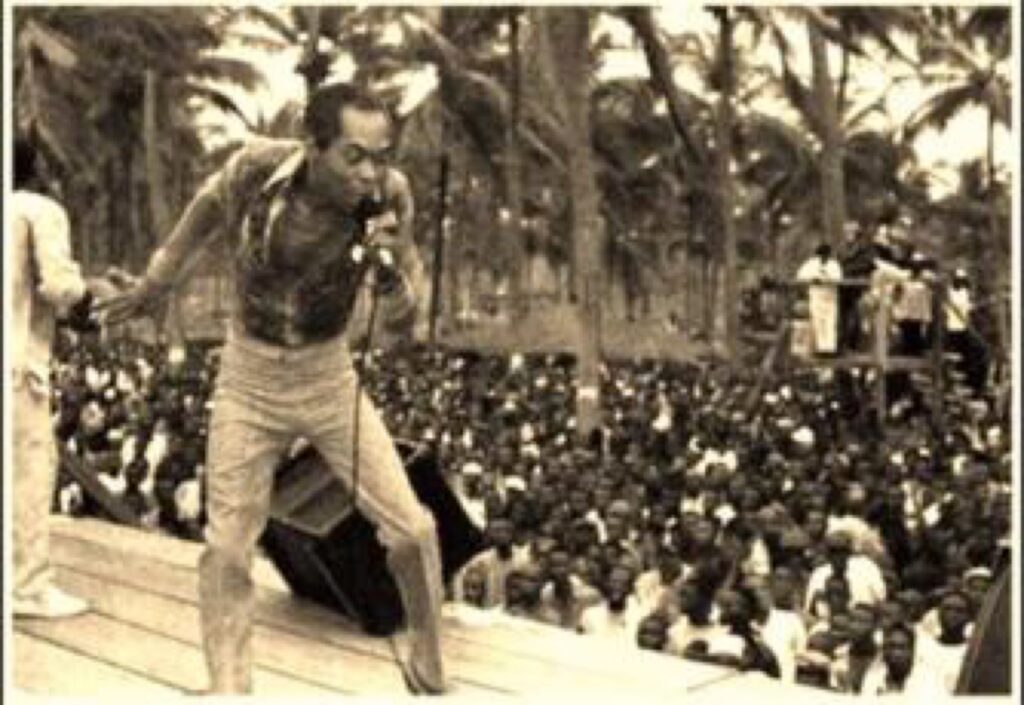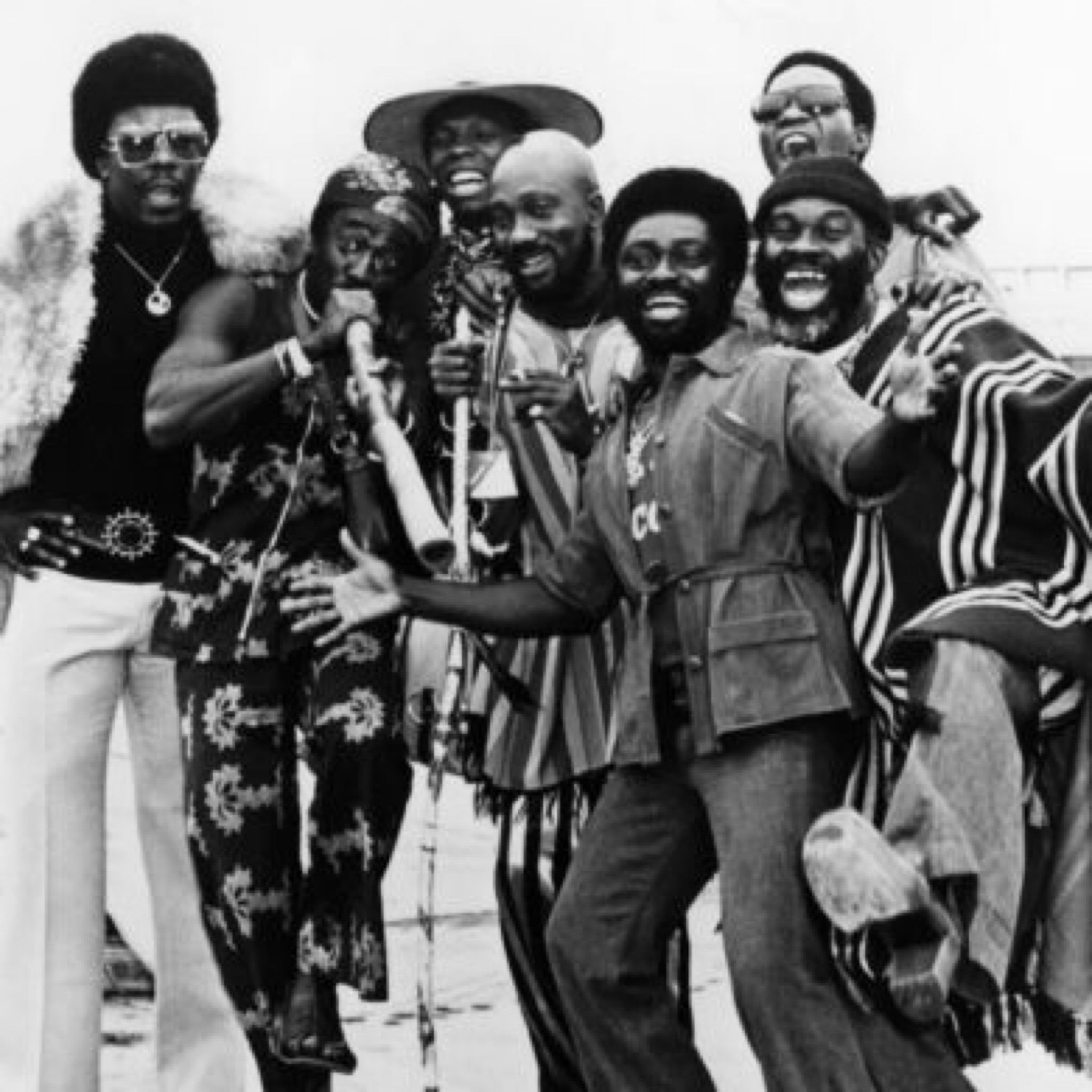Ghana Music is considered to be one of the best in West Africa and Africa at large. Throughout the years Ghana has provided the world with good and quality music both in the local dialect and English to be precise. The early Ghanaian Music was mostly highlife which is believed to have originated from the country. The musician who was known to be the first to play highlife was Kwame Asare who was popularly known as Jacob Sam in the year 1950, he was also a guitarist and a performer, which his music was accepted by the people throughout the country.
Highlife is the most well-known contemporary genre to originate in Ghana. Prior to the arrival of Hiplife and numerous other genres, Highlife was the most popular music genre for a very long time.

Ghana gained its independence in 1957. Though it still has its own distinct taste, Ghanaian music frequently has a Caribbean influence. Although there has been some growth of pan-Ghanaian music for some time, Ghanaian pop music emerged in the mid-1900s. High-life combined aspects of soukous, jazz, rock, swing, and ska. Much less frequently, Ghanaian musicians achieved success in the US and, for a brief while, the UK thanks to the unexpected popularity of Osibisa’s Afro-rock in the 1970s.
During the 1930s, the most prominent high-life guitar band was Sam’s Trio, which was fronted by Jacob Sam . Three recordings of their 1928 hit song “Yaa Amponsah” were made for Zonophone, and it is still a favourite song among many high-life bands. The next big guitar band leader was Twi-singer E. K. Nyame. In addition, Nyame incorporated the double bass and more Western hemisphere components, such as jazz and Cuban music, upon the suggestion of his manager and producer, E. Newman-Adjiri. Dance high-life was more popular in the 1960s than guitar-band high-life, with most guitar bands switching to electric guitars until a mid-1970s roots revival.

As American jazz and swing gained popularity during World War II due to the influx of personnel from the United States and the United Kingdom, dance highlife changed. Following the country’s 1957 independence, the socialist government promoted traditional music, but highlife which draws inspiration from Trinidadian music remained popular. The most important musician of this era, E. T. Mensah, often accompanied the president with his band, “The Tempos”. Guy Warren was the founding bandleader of The Tempos and was credited with bringing Caribbean music to Ghana. He was also well-known for his creative fusions of American jazz with African rhythms. Leading dance bands of the 1950s and 1960s included Stan Plange, King Bruce, Ebo Taylor, and guitarist Jerry Hansen.

A new generation of musicians became aware of Hiplife by the late 1990s.Reggie Rockstone, a Ghanaian artist who experimented with hip-hop in the US before developing his own style, is credited with creating this genre. Hiplife was essentially hiphop in the regional tongue of Ghana supported by aspects of the customary High-life. Legendary music producer Hammer of The Last Two introduced artists such as Obrafour, Tinny, and Ex-doe, who each contributed to the further popularisation of the Hiplife music genre. Since then, hiplife has spread far and given rise to celebrities like Sherifa Gunu, Samini, Ayigbe Edem, Reggie Rockstone, and Sarkodie. Producers like Hammer of The Last Two, Ball J, EL, and Jupitar Dancehall were in charge of shaping this genre into what it is today.
During the 1990s, the Ghanaian hip hop was developed. The genre was first introduced as hip life by Reggie Rockstone and was supported by other artists including Ball J and Jayso.
Afro beats, also known as Afro-pop, were brought to the Ghanaian music scene in the late 2000s by a new generation of performers. It was made popular by artists like 4×4 and Fuse ODG, among others, and is now ingrained in Ghanaian music culture.
The current Ghanaian music is a blend of highlife, Afro pop, Hiplife, hip hop Jazz and many more. Ghanaian music has grown to be dynamic moving from the popular highlife to a whole lot of genres even though there are highlife artists like Akwaboah, Kuame Eugene, Kidi etc ,the Music industry is not static. Artists does not necessarily practice one genre of music but mostly blend the different genres, for instance Stonebwoy who is classified as a dancehall artist performed Sobolo with a blend of highlife to match the current trend of the music industry. Other highlife artists such as Kuame Eugene rap in some of their music which shows how the Ghanaian Music has advanced.
Recently there has been a concern of Ghanaians not streaming Ghana songs. Veteran Ghanaian musician Reggie Rockstone, Samini, Black Sheriff and many others at the ministry of information, urged Ghanaians to support Ghana Music. Regardless of the fact that most people in the country have taste for foreign music, the Ghana Music Industry still stands strong in Africa as one of the best in the continent.

Hot Deals at Aliexpress https://s.click.aliexpress.com/e/_DldnjaJ